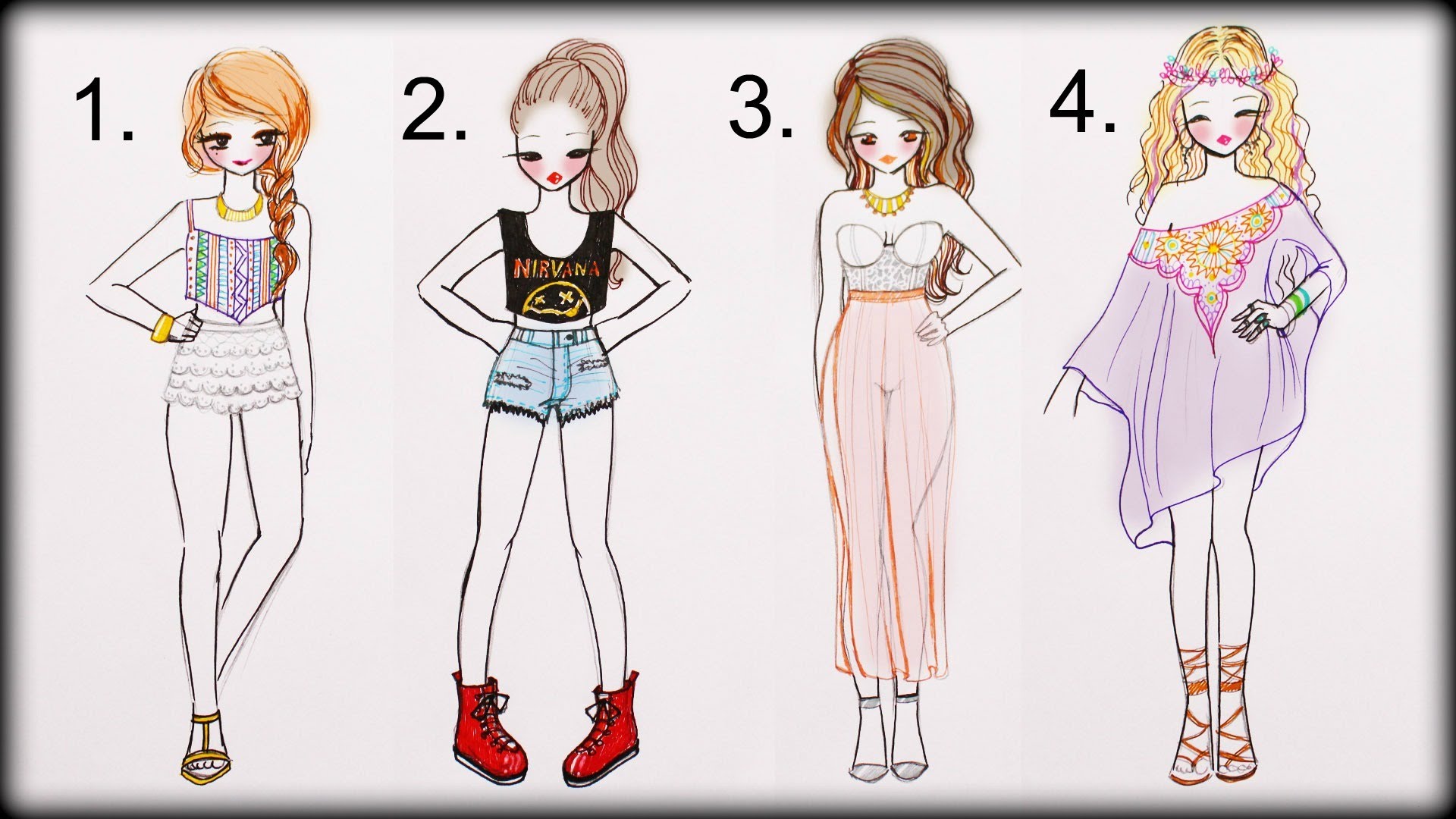


Clothing describes the material and the technical garment, devoid of any social meaning or connections costume has come to mean fancy dress or masquerade wear. According to sociologist Pierre Bourdieu, fashion connotes "the latest difference." Įven though the terms fashion, clothing and costume are often used together, fashion differs from both. Style is an expression that lasts over many seasons and is often connected to cultural movements and social markers, symbols, class, and culture (such as Baroque and Rococo). Whereas a trend often connotes a peculiar aesthetic expression, often lasting shorter than a season and being identifiable by visual extremes, fashion is a distinctive and industry-supported expression traditionally tied to the fashion season and collections. While what is fashionable can be defined by a relatively insular, esteemed and often rich aesthetic elite who make a look exclusive, such as fashion houses and haute couturiers, this 'look' is often designed by pulling references from subcultures and social groups who are not considered elite, and are thus excluded from making the distinction of what is fashion themselves. Fashion can signify the latest trends, but may often reference fashions of a previous era, leading to the reappearance of fashions from a different time period. Though the term fashion connotes difference, as in "the new fashions of the season", it can also connote sameness, for example in reference to "the fashions of the 1960s", implying a general uniformity. Garments identical in style and material also appear different depending on the wearer's body shape, or whether the garment has been washed, folded, mended, or is new.įashion is defined in a number of different ways, and its application can be sometimes unclear. Everyone is evaluated by their attire, and evaluation includes the consideration of colors, materials, silhouette, and how garments appear on the body. Kaiser states that everyone is "forced to appear", unmediated before others. In the 12th and 13th century Old French the concept of elegance begins to appear in the context of aristocratic preferences to enhance beauty and display refinement, and cointerie, the idea of making oneself more attractive to others by style or artifice in grooming and dress, appears in a 13th-century poem by Guillaume de Lorris advising men that "handsome clothes and handsome accessories improve a man a great deal". Other words exist related to concepts of style and appeal that precede mode. The French word mode, meaning "fashion", dates as far back as 1482, while the English word denoting something "in style" dates only to the 16th century. Given the rise in mass production of commodities and clothing at lower prices and global reach, sustainability has become an urgent issue among politicians, brands, and consumers. Everything that is considered fashion is available and popularized by the fashion system (industry and media). The term implies a look defined by the fashion industry as that which is trending. For the music group, see Menswear (band).įashion is a form of self-expression and autonomy at a particular period and place and in a specific context, of clothing, footwear, lifestyle, accessories, makeup, hairstyle, and body posture. For other uses, see Fashion (disambiguation).


 0 kommentar(er)
0 kommentar(er)
